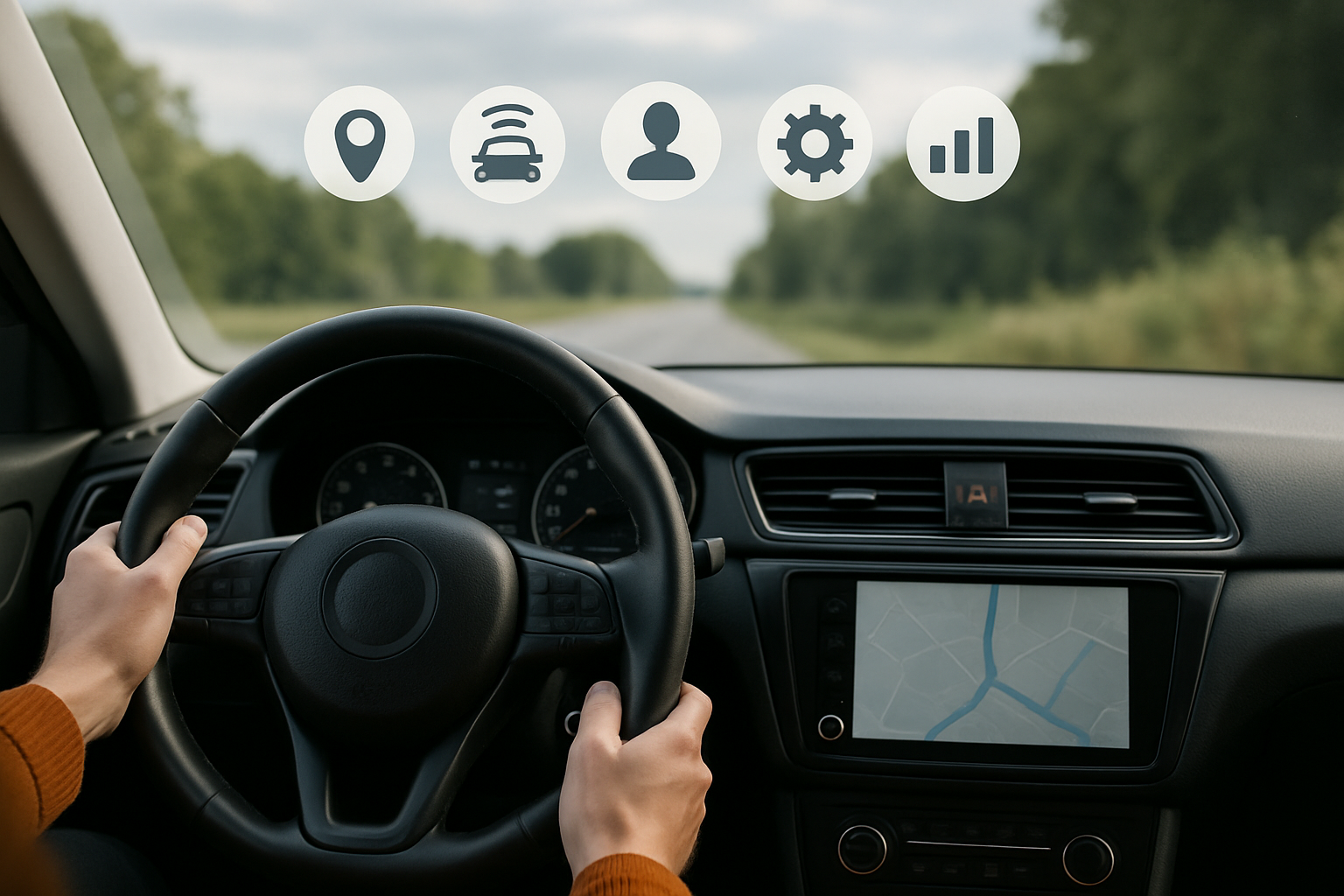In 2024, a car is not just a car. It’s your car, an extension of your preferences and lifestyle. That is to say, it’s a customized vehicle tailored to your liking. But the customization isn’t just about color and leather seats anymore. In the technological age, customization goes beyond such aesthetic preferences.
With the rise of new technologies – AI in particular – customization has entered a new realm, transforming how cars adapt to individual drivers’ preferences in real-time. Emerging AI technologies allow cars to continuously learn from driver’s habits and adjust various settings to enhance the overall experience.
With AI-powered systems, your car doesn’t just remember your seat position or favorite radio station – it learns how you drive, how you like your car to feel, even road conditions and how you react to them.
Driver assistance
One of the most significant advancements that AI brings to vehicles is the ability to customize driver assistance systems. Traditionally, these features – like adaptive cruise control and lane-keeping assist – required a one-size-fits-all approach.
But now, AI allows the car to learn your driving style and adapt its assistance accordingly. For example, tactile sensors can detect road surface conditions and driver reactions, allowing vehicles to adjust assistance features effectively. For instance, if road conditions are slick, the vehicle can modulate braking and acceleration to ensure a smoother and safer journey.
The more you drive, the more the AI learns about your habits and driving style, allowing the car to adapt features to your needs. For instance, AI can adjust adaptive cruise control settings based on how closely you prefer to follow other cars. If you tend to maintain a greater distance, the system will remember and automatically increase that buffer in future drives. Similarly, the AI can fine-tune lane-keeping assist, adapting the strength of steering corrections based on how assertively or subtly you tend to steer.
The system also learns from how you respond to safety alerts. If you’re quick to brake when an obstacle is detected, the car might delay automatic braking to give you more time to react on your own. Conversely, if you tend to respond more slowly, the AI can trigger interventions like braking or evasive steering sooner, ensuring safety without overriding your control too soon.
Furthermore, AI can suggest adjustments to driving habits for improved efficiency. If it detects patterns like rapid acceleration or harsh braking that consume more fuel, it can provide reminders to ease up on the gas pedal or apply smoother braking, ultimately lowering fuel consumption and promoting more eco-friendly driving habits.
Route optimization and fuel efficiency
AI’s ability to recognize patterns gives it the power to optimize. It can analyze your daily commute to enhance both driving efficiency and convenience. Over time, the system learns your daily routines – like when you typically leave for work, what routes you prefer, and how long your drives usually take. By analyzing real-time traffic conditions and your previous driving habits, AI can preemptively suggest alternate routes that help you avoid traffic jams, road closures, or construction zones, saving you time and reducing stress.
As AI learns daily patterns and suggests optimal routes, tactile sensors can provide feedback about road conditions. If a route is typically bumpy or uneven, the vehicle can alert the driver through tactile cues, allowing for more informed decision-making. If the AI detects that your usual route is congested due to an accident or heavy traffic, it will recommend a quicker path before you even start driving. These suggestions can be delivered through voice prompts, in-car navigation displays, or even your mobile device, ensuring a smooth transition without any guesswork.
AI can also optimize fuel efficiency by learning when and where you tend to refuel. If the system recognizes that your gas tank is running low, it can alert you to the most efficient fuel stops along your current route or based on your destination. This includes finding stations with better fuel prices, nearby electric vehicle charging points, or locations that fit into your schedule. This eliminates the need for last-minute detours or unnecessary stops.

 Boaz Mizrachi is the Co-Founder and CTO of
Boaz Mizrachi is the Co-Founder and CTO of 


